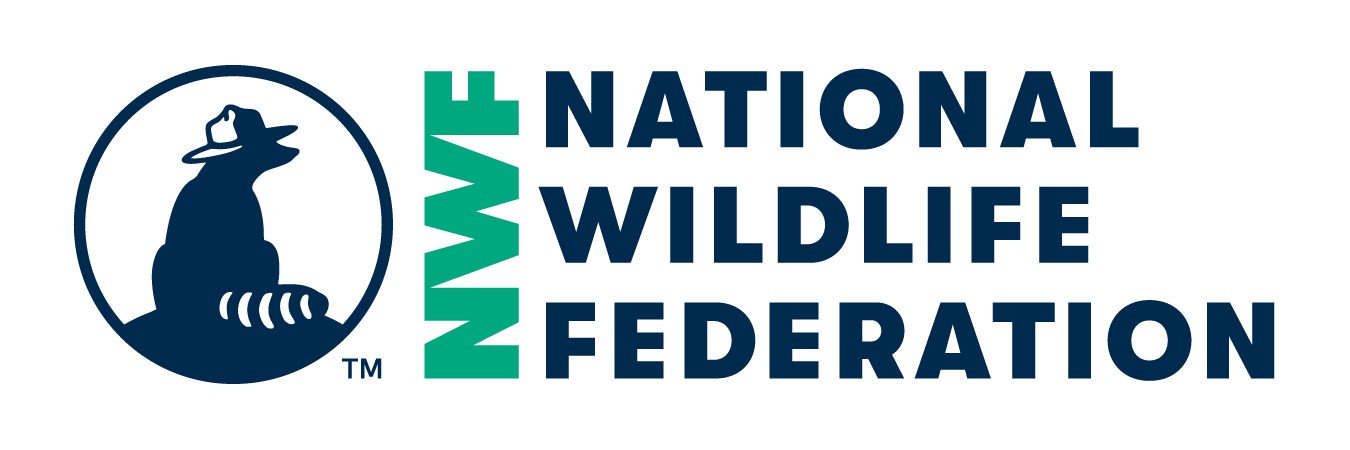Junkyard to Wildlife Habitat, Pennsylvania
https://www.nwfecoleaders.org/forms/item/58/763
If other:
1. Where is the biggest impact of this project?
Community
If other:
2. What were the goals for your project?
Land restoration: Cleanup, Reforestation, Conservation
3. What strategy did you use?
Community Building, Investment, Operations
If other:
4. Did you accomplish the goals you set for this project? Please explain.
Our project was created to address contaminated land, with a goal of restoring it into a habitable wildlife sanctuary.
We have removed 40 dump truck loads of garbage
We threw a Tree-Planting Campout Party and planted over 3,700 trees and seeds with 40 supporters and friends
We had one corporation sponsor 1,500 trees to sequester and offset their carbon
We built a hybrid shipping container and cabin home to house future land stewards on the property, powered by a standalone solar power and battery system
We installed a hydroponic and a 20' greenhouse to shelter it in, to be used for either food or as a tree nursery
We gained partnerships with tree-sponsorship platforms, art collectives, local conservation efforts, and nonprofit organizations
5. Choose your impact measure type.
Miles biked
What were the measurable outcomes of your project?
15,369 Biologically Diverse Trees Planted
6. When did you begin and complete your project?
December 2016 - December 2019
7. What was challenging about your project and how did you respond?
-Intense Physical Labor
-Financially draining
The biggest challenge we faced, however, was coming to terms with the fact that we would never be able to restore it entirely. We can set the land up for the best success possible, but with every rain washed more glass and debris to the surfaces of the dirt. We could set up garden boxes, but could not plant food in the ground. We picked all the tires out of the stream, but there was always a chance more litter arrived at the shore. We rescued many, many chickens from slaughter to live happily-ever-after on our land where they could act as natural composters, but we did have one die from eating glass.
The project could be infinite. We made incredible efforts alongside a team of supportive friends and allies, and that's what cleaning up this planet is all about: At this stage in the game, we all need to join together and do our best to set our environments up for the most possible success in getting back to their natural states.
8. Which groups were involved in this project? Students, faculty, staff or community groups?
Habitat Recovery & Kindness Project
Hungry Heart Project
Bowery Farms
Tree-Nation
9. Was your project funded? If so, how?
All of the project was funded personally, with exception of 50% of the reforestation costs which came from a tree sponsorship platform.
10. How did you communicate about this project and educate the broader campus and/or community?
We created a website and YouTube channel, as well as used social media to get the word out and rally support.
11. How have you evaluated your project?
Group reflection, Individual reflection, User survey
If other, please describe:
12. What did you do after your reviewed your project?
Added new team members with different expertise, Other
If other, please describe:
We made a commitment to expand our efforts. Through a series of serendipitous events, we are now working on phytoremediating mercury-contaminated soil in Kenya, and bringing food and medicine forests to at-risk communities globally.
13. What was the biggest or best thing you learned from your project?
It takes money.
All the heart, passion, and environmental expertise is necessary, but it takes funds to power these types of projects. In the future, we will need to raise external fundraising, and likely that will take proper business efforts to do so.
14. What advice would you give to others working on a similar project?
Dedication is everything. It takes continuous work. It'll be a rollercoaster with exhilarating highs and heart breaking defeats, but it will be worth it. A little bit of effort frequently will get you through. There may be days where you make impressive movements, and other days where all you do is pick up one piece of litter. It all matters, and it will all get you towards your end goals.
15. Based on your response above, what are your future plans for this project? And are there resources (people, financial, etc.) available to sustain it?
This project is now inherited by my partner's brother. He will be looking after the land hereafter, according to the instructions we have left behind.
Category ARCHIVED | PROJECT CERTIFICATION







Project Feedback